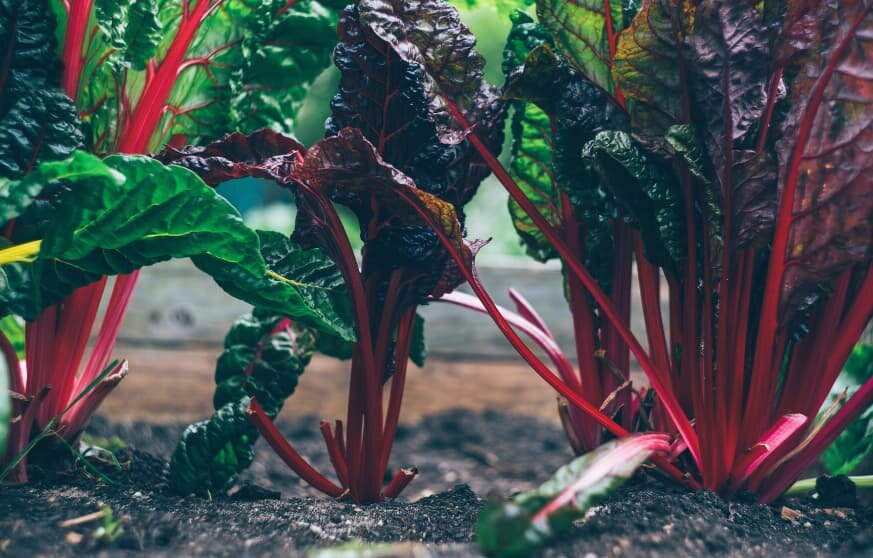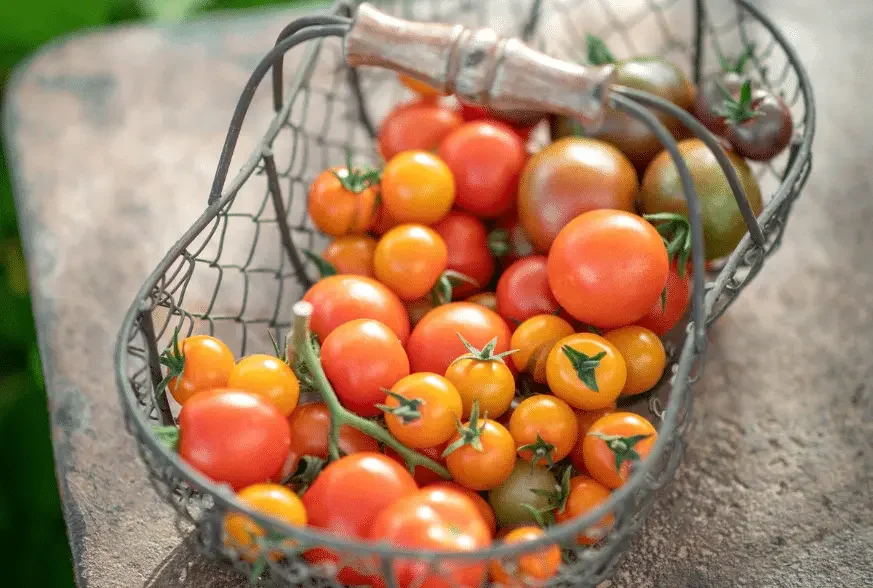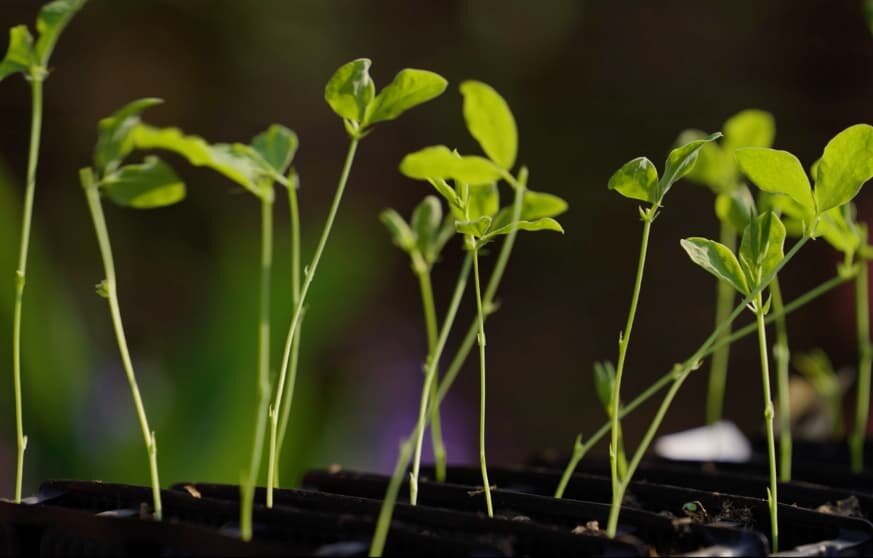GARDEN
July jobs in the garden
Discover an abundance of garden tasks to keep you busy during the summer sunshine this July.

To keep summer plants and bedding at its best and to prolong flowering, it is essential to dead head.
Choose newly opened flowers for the best fragrance and grab a handful of stems. Using clear and sharp secateurs, snip the stems removing up to a third of the plant’s growth. Tie the stems together and hang them up to dry somewhere sheltered and cool. Either dry your twine-wrapped bunches under eaves, in the garage or somewhere protected in the garden in order to avoid as much moisture as possible.
Prized for its therapeutic properties, try inserting sachets of your dried lavender into your pillowcase for a soothing scent.
Dote on your dahlias
Dahlias will begin to flower profusely about 8 weeks after planting, usually by mid-July. Regular deadheading and harvesting of flowers is needed in order to maintain the beautiful lily-like bloomsof these bushy perennials.
When the plants are around 1 foot tall, pinch out 3 to 4 inches to encourage bushier plants and increase the stem count and length. Tall stems may need additional support to keep their heavy heads suspended.
Feed your dahlias once or twice a month with a low nitrogen liquid fertiliser. If you plan to save the tubers, they will store better if you stop fertilising by early September.
Give wisteria its summer prune
Be sure to give your wisteria a summer prune to keep the growth and size under control, and to encourage more regular flowering.
Cut back the whippy green shoots to five or six leaves, unless your plant is younger in which you may need to select a few strong shoots to tie into wires or a trellis for added support. This
encourages it to form flower buds rather than green growth. Wisterias can be left to ramble where space allows but will usually flower more freely and regularly if pruned twice a year.
Softwood cuttings are ideal for plants and shrubs like pelargoniums, petunias, verbena, lavender, rosemary, forsythia, fuchsias, hydrangeas, lavatera and buddleja.
Hardwood cuttings work well for most deciduous shrubs and roses as well as climbers like honeysuckle and grape vines, and fruit bushes such as blackcurrants, redcurrants, gooseberries
and figs.
Feed your potted plants
Regularly feeding container garden plants will replace the nutrients leached out by frequent watering. Fertilise regularly with an organic all purpose plant food to keep your plants looking their best throughout the growing season.
The cutting garden
During the month of July cut flowers will be in abundance. Ensure that your sweet peas are picked regularly, if not daily, and watered consciously to produce bountiful amounts of flowering.
Most perennial flowers will have reached their peak height by now and will be profusely flowering by the end of the month. Larkspur, geraniums, achillea and dahlias are some of the many perennials that you can use to make fantastic displays in vases.

With temperatures soaring to over 30 degrees, be sure not to neglect your prized summer beds and vegetables. Check your plants daily and water them if the soil is dry during the early evening hours. Take extra care of newly planted shrubs that are just getting established and remain conscientious with your water routine.
Water your plants sustainably: water supplies are precious and we must take into consideration protecting our environment – water your plants wisely and do not leave the hose running! Useharvested rainwater where possible to water plants to help to reduce our environmental impact.
Use saucers under plant pots to retain water and lessen your worries of leaving the garden for prolonged periods.
Terracotta pots are prone to evaporation so regularly dampen the pot to keep roots inside cool and moist.
You may need to water your lawn in hot weather, particularly if you have a newly seeded or turfed lawn. Pay special attention to keeping new lawns well watered and if there hasn’t been much rain recently raise your mower blades to reduce the stress on the grass.
Be warned that warm weather also increases rapid weed growth so be sure to apply specific weed killers to those spots of the lawn susceptible to weeds.
Hoe your borders regularly to keep weed’s down – pay special attention to severing the top and growth from the roots just below the soil surface.

Our favourite crops to harvest in July, including juicy fruits and tasty vegetables. Harvest regularly to encourage more flowers and fruits.

July is the ideal time to sow spring-flowering perennial seeds for next year in trays. Use good quality compost to help your seedlings grow greener and healthy. Lupins, delpihiniums, bellis and aquilegias are all good options.
Forget-me-not seeds, ideal for areas of dappled shade , can be sprinkled outdoors from May to September.
Get organised and sow biennial flower seeds for next year’s plants. Foxgloves, wallflowers, pansies, honesty, sweet rocket and hollyhocks are all popular biennials.
Planting autumn flowering bulbs now such as cannas, crocosmia and gladiolus are guaranteed to add drama and interest to your borders, pots and containers.
Greenhouses can often overheat in sunny weather. Keep your plants protected from excess heat by shading and regular ventilation. Sweep your greenhouse floor to reduce debris that can harbour pests.
Keeping your bird bath clean and topped up with fresh water is essential to keep birds coming to visit it, otherwise it can become an unhealthy place for the birds to bathe.
Look out for aphids on your plants. While most aphids are found in the garden, some can end up in our houseplants. Without natural predators such as birds and ladybirds, they can multiply rapidly. To remove aphids, you can dislodge them with water from a garden hose, embrace companion planting, wipe your plants with soapy water, or use an organic pesticide.
